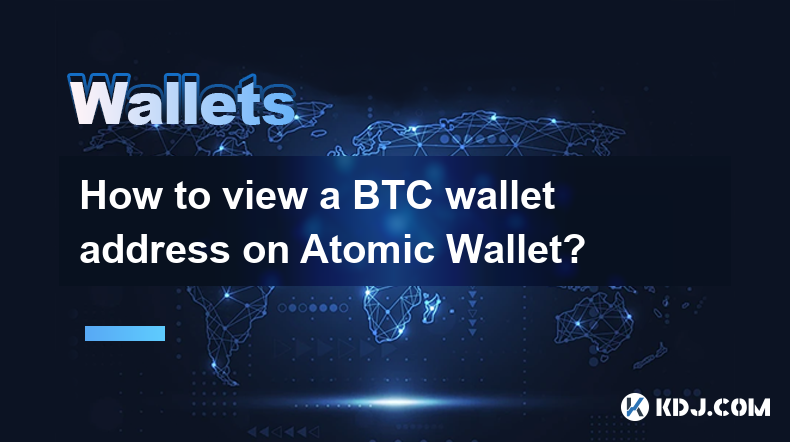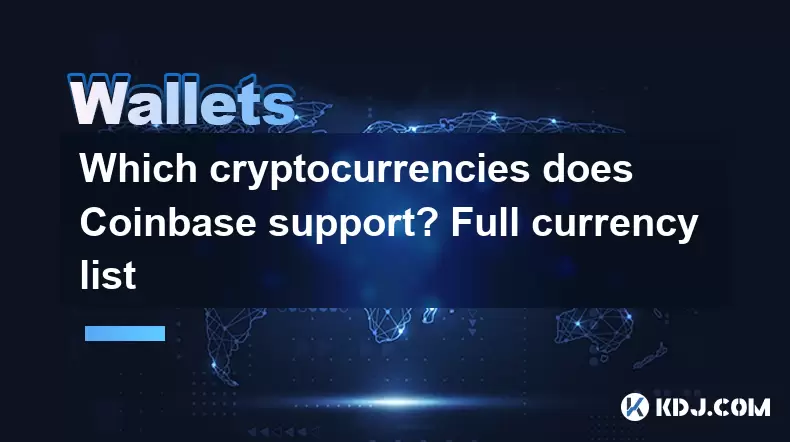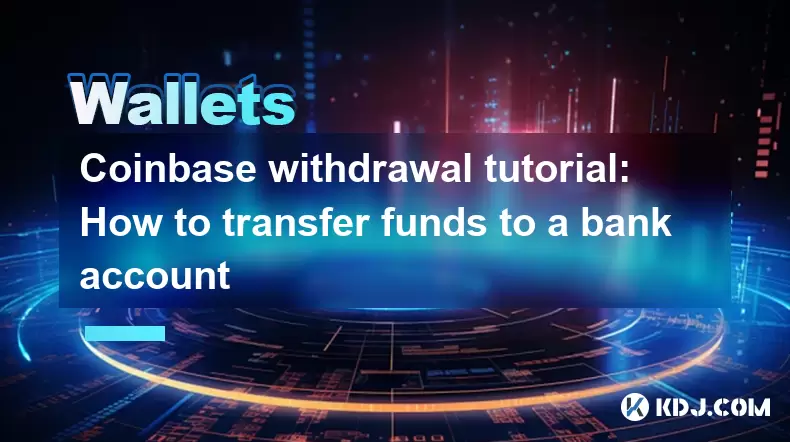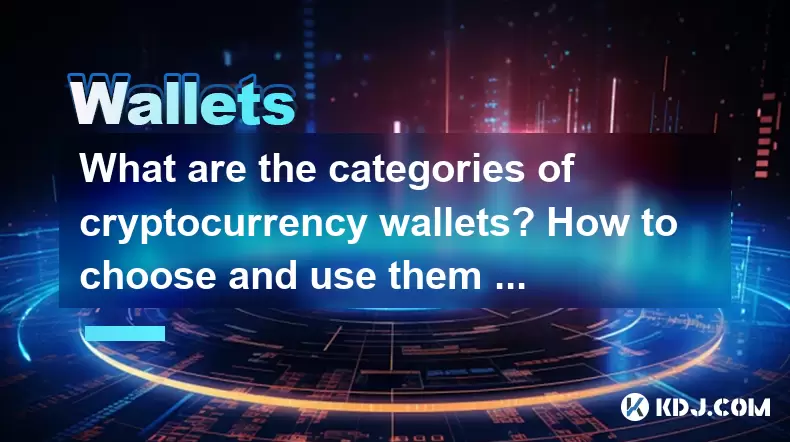-
 Bitcoin
Bitcoin $107,352.1067
0.28% -
 Ethereum
Ethereum $2,429.3531
-0.90% -
 Tether USDt
Tether USDt $1.0001
-0.02% -
 XRP
XRP $2.1894
4.62% -
 BNB
BNB $646.7968
0.36% -
 Solana
Solana $147.4290
4.03% -
 USDC
USDC $0.9998
-0.02% -
 TRON
TRON $0.2756
1.52% -
 Dogecoin
Dogecoin $0.1630
1.14% -
 Cardano
Cardano $0.5612
1.18% -
 Hyperliquid
Hyperliquid $37.0580
-0.05% -
 Bitcoin Cash
Bitcoin Cash $496.9410
-0.09% -
 Sui
Sui $2.7318
3.19% -
 Chainlink
Chainlink $13.1503
0.58% -
 UNUS SED LEO
UNUS SED LEO $9.0766
0.55% -
 Avalanche
Avalanche $17.7220
1.46% -
 Stellar
Stellar $0.2380
1.52% -
 Toncoin
Toncoin $2.8439
0.38% -
 Shiba Inu
Shiba Inu $0.0...01143
1.84% -
 Litecoin
Litecoin $85.8053
1.47% -
 Hedera
Hedera $0.1483
2.70% -
 Monero
Monero $314.3240
2.12% -
 Bitget Token
Bitget Token $4.6725
0.77% -
 Dai
Dai $1.0000
0.00% -
 Polkadot
Polkadot $3.3555
1.28% -
 Ethena USDe
Ethena USDe $1.0001
0.02% -
 Uniswap
Uniswap $7.0890
2.64% -
 Pi
Pi $0.5355
-3.40% -
 Pepe
Pepe $0.0...09393
1.06% -
 Aave
Aave $256.8136
-1.90%
How to view a BTC wallet address on Atomic Wallet?
To find your BTC address in Atomic Wallet, navigate to the BTC section, click "Receive," and copy the displayed alphanumeric string. Always use the latest address for privacy.
Mar 31, 2025 at 10:49 am

Locating Your Bitcoin Wallet Address in Atomic Wallet
Atomic Wallet is a popular multi-currency wallet, allowing users to store and manage various cryptocurrencies, including Bitcoin (BTC). Finding your BTC address within the wallet is straightforward, but understanding the nuances is crucial for receiving BTC payments. This guide will walk you through the process step-by-step.
First, ensure you've downloaded and installed the Atomic Wallet application on your device. The process is similar across desktop and mobile versions. After launching the application, you'll need to unlock your wallet using your password or biometric authentication (if enabled). This ensures only you can access your funds and view your addresses.
Next, navigate to the wallet's main screen. You should see a list of your available cryptocurrencies. Locate Bitcoin (BTC) in this list. This might involve scrolling through the list, or using the search function if you have many different cryptocurrencies stored. The visual representation of BTC will typically include the BTC symbol and potentially your current balance.
Once you've located your Bitcoin wallet, simply click or tap on the BTC entry. This will open a dedicated screen displaying detailed information about your Bitcoin holdings. This screen is where you will find your Bitcoin wallet address.
- Look for a section clearly labeled "Receive." This section is specifically designed for receiving cryptocurrency.
- Within the "Receive" section, you should see your BTC wallet address displayed. It will be a long string of alphanumeric characters.
- You can usually copy this address to your clipboard by clicking or tapping a "Copy" button associated with the address. This makes it easy to share the address with others who wish to send you BTC.
Remember, never share your seed phrase or private keys with anyone. These are essential for accessing your wallet and its contents. Losing them means losing access to your funds. Only share your BTC wallet address when you're expecting a payment.
Understanding Your BTC Wallet Address
Your Bitcoin wallet address is a unique identifier, similar to a bank account number. It's crucial to understand that each transaction uses a unique address, even within the same wallet. This enhances privacy and security. Atomic Wallet might generate a new address each time you receive Bitcoin. While convenient, it's vital to use the correct address for each transaction to ensure successful receipt of funds. Incorrectly using an old address might result in the loss of your funds.
Using the same address repeatedly isn't inherently risky, but it can potentially compromise your privacy. While not immediately dangerous, it can create a linkable transaction history. For enhanced privacy, it's advisable to use a fresh address for each incoming transaction. Atomic Wallet typically simplifies this process by automatically generating new addresses.
Security Best Practices for Your BTC Wallet Address
Maintaining the security of your BTC wallet address, and indeed your entire wallet, is paramount. Never share your address on untrusted websites or platforms. Be wary of phishing attempts that might try to trick you into revealing your private keys or seed phrase. Only download the Atomic Wallet app from official sources to avoid malware.
Always double-check the address you're receiving funds to before confirming any transaction. A single misplaced digit can send your BTC to the wrong address, resulting in irreversible loss of funds. It's prudent to manually verify the address against the sender's request. This precaution can prevent costly mistakes.
Regularly update your Atomic Wallet application. Updates often include security patches and bug fixes, improving the overall security of your wallet. Keeping your software up-to-date is a crucial aspect of protecting your crypto assets. Neglecting updates can leave your wallet vulnerable to exploits.
It's also recommended to enable two-factor authentication (2FA) whenever possible. This adds an extra layer of security, requiring a second verification step before accessing your wallet. This significantly reduces the risk of unauthorized access, even if your password is compromised.
Frequently Asked Questions
Q: What happens if I use the wrong BTC address?
A: Sending BTC to the wrong address results in irreversible loss of funds. There's no recovery mechanism to retrieve the BTC once it's sent to an incorrect address. Always double-check the address before confirming any transaction.
Q: Can I have multiple BTC addresses within Atomic Wallet?
A: Yes, Atomic Wallet typically generates a new address each time you receive Bitcoin. You can also manually generate new addresses if needed, though Atomic Wallet usually handles this automatically for improved privacy.
Q: Is it safe to use Atomic Wallet to store my BTC?
A: Atomic Wallet is a reputable multi-currency wallet, but like any digital wallet, it carries inherent risks. Following security best practices, such as using strong passwords, enabling 2FA, and keeping the software updated, is crucial for mitigating these risks.
Q: How do I back up my Atomic Wallet?
A: Atomic Wallet allows you to back up your wallet using your seed phrase. This seed phrase is a list of words that allows you to recover your wallet if you lose access to your device or the application. Keep your seed phrase in a safe and secure location, and never share it with anyone.
Q: What if I forget my Atomic Wallet password?
A: If you forget your password, you'll need your seed phrase to recover access to your wallet. Without it, your funds will be inaccessible. This highlights the importance of securely storing your seed phrase.
Q: Can I view my transaction history for BTC in Atomic Wallet?
A: Yes, Atomic Wallet provides a transaction history for all your cryptocurrencies, including BTC. This allows you to track all incoming and outgoing transactions, providing a clear record of your wallet activity. This history is important for tax purposes and for monitoring your balance.
Disclaimer:info@kdj.com
The information provided is not trading advice. kdj.com does not assume any responsibility for any investments made based on the information provided in this article. Cryptocurrencies are highly volatile and it is highly recommended that you invest with caution after thorough research!
If you believe that the content used on this website infringes your copyright, please contact us immediately (info@kdj.com) and we will delete it promptly.
- Altcoins, Explosive Gains, and Cryptocurrency: What's the Hype?
- 2025-06-28 21:12:19
- SEI Mirroring Solana: Price Spikes and the Next Big Crypto?
- 2025-06-28 20:52:13
- Pi Network's Pi2Day: Token Tank and Disappointing Rollout?
- 2025-06-28 21:27:13
- PENGU Price Surges: Are Whales Targeting $0.0149?
- 2025-06-28 20:30:12
- Bitcoin Adoption, Portfolio Allocation, and Financial Advisors: A New Era
- 2025-06-28 21:27:13
- Kaanch vs. XRP: Spotting the Next Big Thing & Entry Price Opportunities
- 2025-06-28 21:50:12
Related knowledge

How to stake cryptocurrencies on Coinbase? Benefits and risks
Jun 27,2025 at 06:36pm
Understanding Cryptocurrency Staking on CoinbaseStaking cryptocurrencies involves locking up digital assets to support the operations of a blockchain network, typically in return for rewards. Coinbase, one of the most popular cryptocurrency exchanges globally, offers staking services for several proof-of-stake (PoS) coins. Users can stake their holdings...

How to contact Coinbase customer service? Support channels and response times
Jun 28,2025 at 01:29pm
Contacting Coinbase Customer Service: Support Channels and Response TimesIf you're a user of Coinbase, reaching their customer service team may become necessary for various reasons, such as account verification issues, transaction disputes, or technical difficulties. Understanding the different support channels available and what to expect in terms of r...

Coinbase advanced trading function usage tutorial: limit orders and market orders
Jun 28,2025 at 09:07pm
Understanding the Difference Between Limit Orders and Market OrdersWhen using Coinbase's advanced trading features, it is crucial to understand the fundamental difference between limit orders and market orders. A market order executes immediately at the best available price on the market. This type of order ensures that your trade goes through quickly, ...

Which cryptocurrencies does Coinbase support? Full currency list
Jun 28,2025 at 08:36am
Overview of Cryptocurrencies Supported by CoinbaseCoinbase is one of the most popular and trusted cryptocurrency exchanges globally. It provides users with a platform to buy, sell, trade, and store various digital assets. As of the latest updates, Coinbase supports over 200 cryptocurrencies, including major ones like Bitcoin (BTC), Ethereum (ETH), and L...

Coinbase withdrawal tutorial: How to transfer funds to a bank account
Jun 28,2025 at 02:35am
Understanding Coinbase WithdrawalsCoinbase is one of the most widely used cryptocurrency platforms, allowing users to buy, sell, and store digital assets. Once you've successfully traded or held your crypto on Coinbase, the next logical step may be to withdraw funds to a bank account. This process involves converting your cryptocurrency into fiat curren...

What are the categories of cryptocurrency wallets? How to choose and use them safely?
Jun 21,2025 at 10:42pm
Understanding Cryptocurrency WalletsCryptocurrency wallets are essential tools for anyone involved in the digital asset ecosystem. They allow users to store, send, and receive cryptocurrencies securely. Unlike traditional wallets that hold physical money, crypto wallets manage cryptographic keys—private and public—which interact with blockchain networks...

How to stake cryptocurrencies on Coinbase? Benefits and risks
Jun 27,2025 at 06:36pm
Understanding Cryptocurrency Staking on CoinbaseStaking cryptocurrencies involves locking up digital assets to support the operations of a blockchain network, typically in return for rewards. Coinbase, one of the most popular cryptocurrency exchanges globally, offers staking services for several proof-of-stake (PoS) coins. Users can stake their holdings...

How to contact Coinbase customer service? Support channels and response times
Jun 28,2025 at 01:29pm
Contacting Coinbase Customer Service: Support Channels and Response TimesIf you're a user of Coinbase, reaching their customer service team may become necessary for various reasons, such as account verification issues, transaction disputes, or technical difficulties. Understanding the different support channels available and what to expect in terms of r...

Coinbase advanced trading function usage tutorial: limit orders and market orders
Jun 28,2025 at 09:07pm
Understanding the Difference Between Limit Orders and Market OrdersWhen using Coinbase's advanced trading features, it is crucial to understand the fundamental difference between limit orders and market orders. A market order executes immediately at the best available price on the market. This type of order ensures that your trade goes through quickly, ...

Which cryptocurrencies does Coinbase support? Full currency list
Jun 28,2025 at 08:36am
Overview of Cryptocurrencies Supported by CoinbaseCoinbase is one of the most popular and trusted cryptocurrency exchanges globally. It provides users with a platform to buy, sell, trade, and store various digital assets. As of the latest updates, Coinbase supports over 200 cryptocurrencies, including major ones like Bitcoin (BTC), Ethereum (ETH), and L...

Coinbase withdrawal tutorial: How to transfer funds to a bank account
Jun 28,2025 at 02:35am
Understanding Coinbase WithdrawalsCoinbase is one of the most widely used cryptocurrency platforms, allowing users to buy, sell, and store digital assets. Once you've successfully traded or held your crypto on Coinbase, the next logical step may be to withdraw funds to a bank account. This process involves converting your cryptocurrency into fiat curren...

What are the categories of cryptocurrency wallets? How to choose and use them safely?
Jun 21,2025 at 10:42pm
Understanding Cryptocurrency WalletsCryptocurrency wallets are essential tools for anyone involved in the digital asset ecosystem. They allow users to store, send, and receive cryptocurrencies securely. Unlike traditional wallets that hold physical money, crypto wallets manage cryptographic keys—private and public—which interact with blockchain networks...
See all articles
























































































